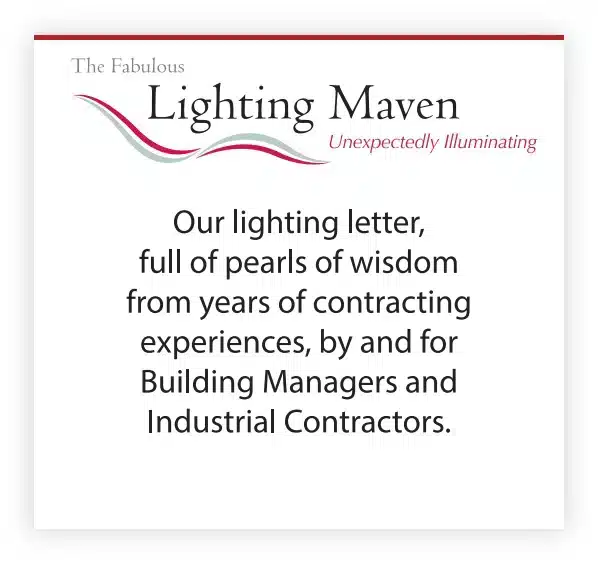Dear Reader:
There are two ways to cross the crevasse between the language of the manufacturer – lumen output of a fixture – and the language we typically use in planning, designing and executing a new lighting plan and mix of LED fixtures:
Install thousands, such that your experience base enables you to be able to anticipate intuitively how lumen output in the air equates to delivered lumens on the ground, or …
Develop what are called Point by Point simulations, utilizing computer-assisted lighting design software, that takes the rated output of all of the fixtures you are considering purchasing, and – together with all of the conditions of your plant’s floor plan – converts those variables into footcandle metrics across various points throughout the plant.
We suggest the latter is easier, more accurate, and less expensive.
Our team utilizes a software package developed by Lighting Analysts, Inc. known as AGi32, and to our knowledge this was the first package to be made available to the market way back in the mid-80s. As you might imagine, it’s come a long ways since, and now does quite a bit of the work for us.
A quick narrative on what it does and how it does it can be found here: Comprehensive Lighting Calculations, Ease of Modeling, Fast Rendering. Bottom line: it does a very good job in simulating what you can expect to achieve with respect to footcandles point by point, area by area, throughout the plant.
Then what? How do you know how many footcandles are ideal for each of the types of areas found throughout the plant? There a couple of guides available to help with these questions. While guides are only that, just guides, they do a very good job in getting you started, and helping to begin to bring some shape to your design process.
One is the Footcandle Light Guide, developed as a collaborative effort of Energy Trust of Oregon and the Lighting Design Lab, both organizations working out of the Pacific Northwest. Another is the Illuminating Engineering Society’s Recommended Lighting Levels. While we think you’ll find very little differences between the two guides, you may want to be aware of each individually, tempering your actions with both those and your own experiences.
And, as always, there is nothing quite like measuring what you currently have with a light meter, and determining if you need a little more light, or could perhaps tone it down a bit. As carpenters like to say, “Measure nine times and cut once.”






